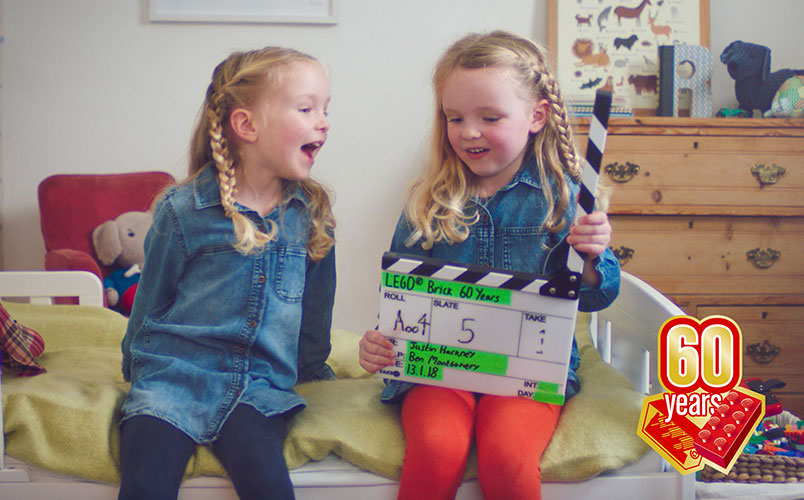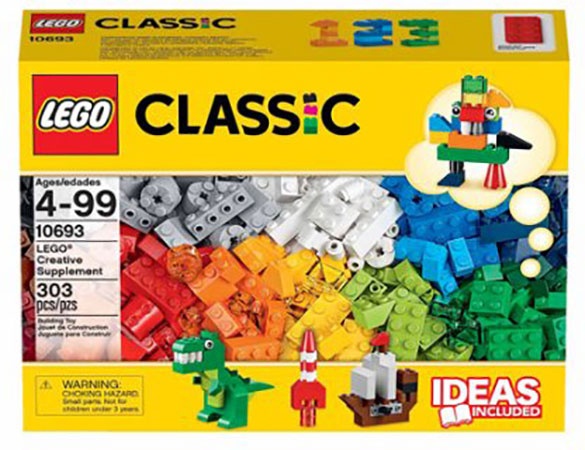60 years ago, the simple idea of adding tubes inside a plastic brick turned into one of the most exciting and influential toys in the world – the LEGO® brick.
Since then, LEGO play has been about the joy of building and giving every child the chance to shape their own world through inventive play.

“LEGO play is powered by imagination and curiosity, and the LEGO brick is at the very heart of it – putting the bricks together and taking them apart over and over, with imagination as your only limit. This helps young minds to stay open, keep exploring and develop skills essential for the 21st century*, such as creativity, collaboration and problem solving,” said Julia Goldin, Chief Marketing Officer, the LEGO Group.

Facts about the LEGO brick:
LEGO founder Ole Kirk Kristiansen launched the first bricks called Automatic Binding Bricks in 1949. Four years later the name was changed to LEGO Mursten (Danish for LEGO bricks) and they came in five colours: white, red, yellow, blue and green.
The original bricks were hollow, so they had limited clutch power. Children could build models, but they could fall apart if moved, or if the structures tipped over. While children played with tubeless bricks, the work to improve the clutch power intensified, lasting until 1958 when the current LEGO brick design was perfected.
Fun facts:
Six “2x4” LEGO bricks can be combined in more than 915 million ways
If you built a column of about 40 billion LEGO bricks, it would reach the moon
The moulds used to produce LEGO® elements are accurate to within 4my/0.004mm – less than the width of a single hair. This accuracy is what we refer to as clutch power
No. of different colours used in production: 60+
No. of different types of LEGO Elements (includes all types of LEGO bricks and other elements): 3,700+
LEGO are exhibiting at our show on May 1st & 2nd in the Platinum Suite. Register to visit: www.independenttoyandgift.co.uk/register-now

